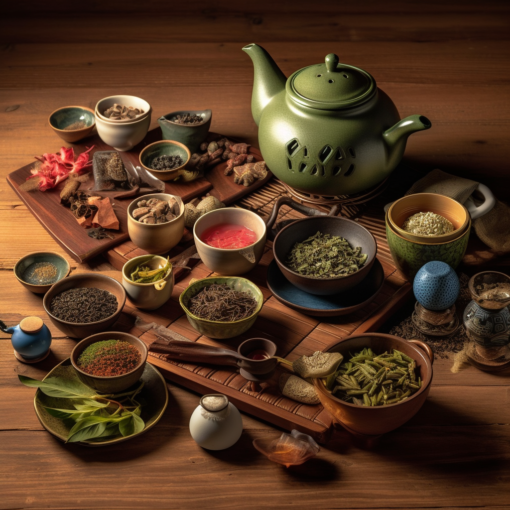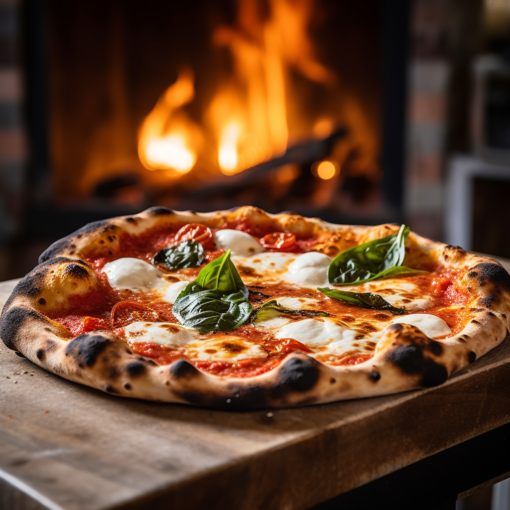Greetings, adventurous readers!
Today, we’re journeying to the Land of Fire and Ice, a destination that offers more than just breathtaking landscapes and geothermal hot springs. Yes, my friends, we’re diving into the vibrant culture and unique gastronomic offerings of Iceland.
Iceland’s cuisine is shaped by the island’s isolation and unyielding terrain. Long winters and short summers necessitated resourcefulness and preservation techniques, birthing a food culture that is as resilient as it is distinctive.
Before refrigeration, smoking, pickling, drying, and fermenting were the preservation methods of choice, and these techniques continue to influence Icelandic cuisine today. Take, for instance, the quintessential Icelandic dish “Hákarl”. It’s fermented shark, cured with a method that involves burying the shark, fermenting it, and then hanging it to dry for four to five months. The result? A delicacy that challenges the bravest of taste buds. It’s been described as having an intense aroma of ammonia, with a taste that lingers. Anthony Bourdain even claimed it as the single worst, most disgusting and terrible tasting thing he’d ever eaten!
But not all Icelandic foods are as intimidating. For instance, “Skyr”, a creamy, high-protein dairy product similar to yogurt, but technically a type of cheese. It has been a part of Icelandic cuisine for over a thousand years and is consumed regularly by locals and visitors alike, served with milk and a sprinkling of sugar, or used in various dishes and desserts.
Culturally, the Vikings play an integral role in the Icelandic identity. These historic seafarers, who first settled the island in 874 AD, brought with them customs and traditions that remain central to Icelandic society. One such tradition is the “Þorrablót” festival, a midwinter feast where Icelanders indulge in traditional foods (yes, including Hákarl), sing old Viking songs, and celebrate their history. It’s a reminder of how this society has been shaped by the forces of nature, resilience, and communal strength.
Iceland also has a strong literary tradition dating back to the ancient Icelandic sagas. These epic tales, written in the 12th and 13th centuries, are revered as some of the most significant works in old Norse literature. They encapsulate the values, beliefs, and often tumultuous history of the Icelandic people and continue to be a source of pride and cultural identity.
Iceland is a place of stark contrasts, where the icy chill of a glacier can be felt alongside the heat of a volcanic spring, where day and night can seem to blend into one during the summer solstice, and where the cuisine is as fascinating as the sagas that have been passed down through generations. It’s a place that embraces its past while continually evolving, creating a culture that is as unique as its cuisine.
Until next time, remain curious, remain adventurous, and remember, there’s always a new flavor waiting to be discovered.
Percival, signing off

Recommended Reading:
- Icelandic Food: What to Know and Eat: An enlightening guide exploring the traditional dishes of Iceland, from Skyr to Hákarl.





5 thoughts on “A Taste of Iceland: The Uniqueness of Icelandic Cuisine and Culture”
Can you be more specific about the content of your article? After reading it, I still have some doubts. Hope you can help me.
Can you be more specific about the content of your article? After reading it, I still have some doubts. Hope you can help me.
Okay, let me tell you about win757net. I tried them out and I was not dissapointed!. The site is so easy and you’ll find yourself using it all the time!. Check em out at win757net.
Hey mates, tried yo88vina the other day. It’s kinda neat! Registration’s easy and I won a bit. Might be worth a shot. yo88vina
I don’t think the title of your article matches the content lol. Just kidding, mainly because I had some doubts after reading the article. https://www.binance.info/en-IN/register?ref=A80YTPZ1